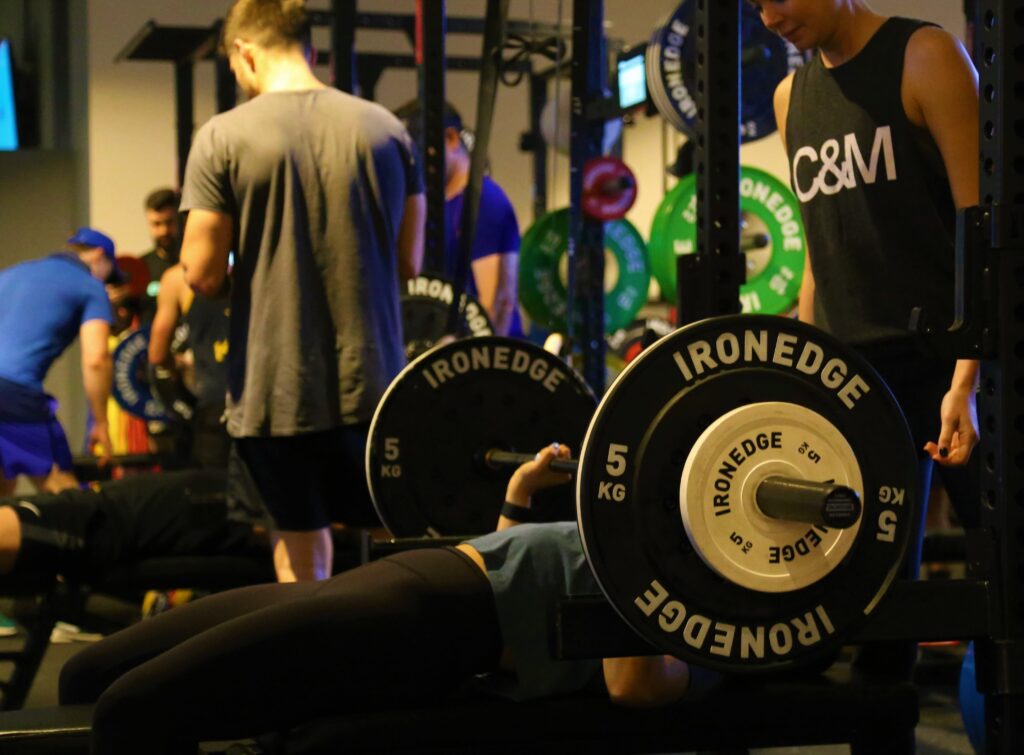Muscle Hypertrophy : 3 Key Mechanisms You Need To Know

Muscle hypertrophy refers to the increase of the size of muscle cells. It occurs at all rep ranges if we adhere to the following:
- Exercise execution with perfect technique.
- Focusing on squeezing and contracting the working muscles.
- Lifting until muscle failure.
- Moving through full ROM.
- Lifting a high volume of weight.
- Always applying progressive overload principles.

Mechanisms which can lead to Muscle Hypertrophy:
There are 3 key Mechanisms for muscle hypertrophy:
1 - mechanical tension,
2 - metabolic stress
3 - muscle damage.
Let’s look at these in more detail.
1. Mechanical Tension: Most important.
Mechanical tension is generated by using a heavy load and performing exercises through a full range of motion for a period of time.
The force placed on muscles when contracting them against resistance.
Ways to ensure you get the most out of this:
- 85-90% of your 1RM weight or until muscular failure.
- High amount of reps.
- Slow tempo / pauses.

2. Metabolic Stress
The theory behind the benefits of a pump/ burn.
The accumulation of fluid in your cells increases pressure and tension on the cell membranes. This is seen as a threat to the cell so it responds by growing thicker, which leads to muscle growth.
- Burnouts.
- Partial reps.
- Short rest periods.
- High reps at fast speeds.
- Using bands.

3. Muscle Damage = Muscle Hypertrophy
Creating inflammation, lesions and microtears in the muscle through exercise, leads to super compensation (building back stronger).
It's not necessary to feel sore for optimal training results. In some cases, it can hinder results by leading to a decreased training frequency, volume and poorer performance.
- Stretching a muscle to long lengths (e.g. squats and lunges).
- Performing something unfamiliar.
- Slow eccentric phase of movement.

To Summarise
Muscle Hypertrophy occurs as a result of a number of variables – Mechanical Tension, Metabolic Stress, and Muscular Damage. When combined, they have a very positive impact on the muscles, by creating the stress put on the muscles from the workout. This - in short, gets the body to react to the stress and damage put on the muscles by repairing and growing back thicker and stronger.